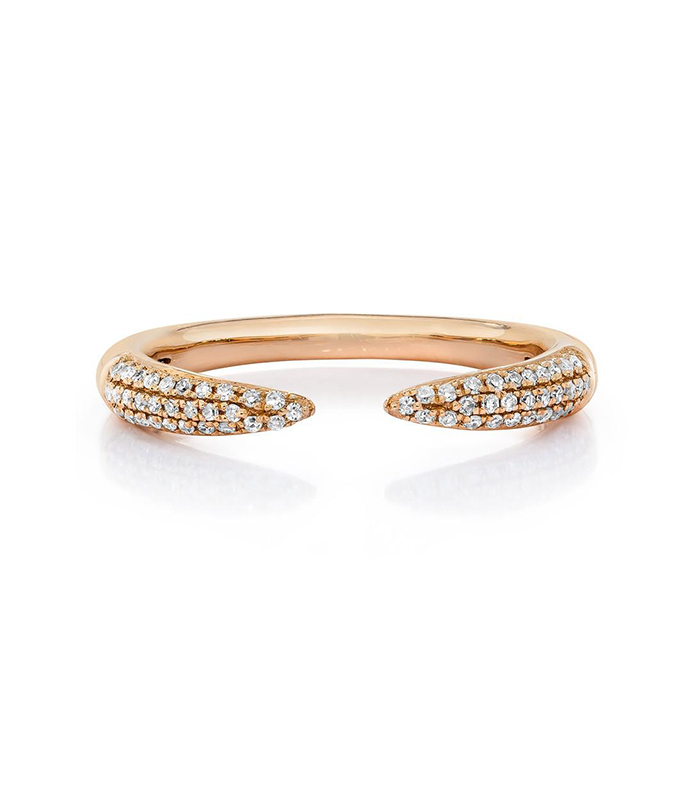

If the diamond is already in a setting, such as a ring, you can typically determine the authenticity of the diamond by the quality of the metal. A real diamond will most likely be set in gold or platinum, so look for an engraving that says 10K, 14K, 18K, 585, 750, 900, 950, PT, or Plat. A C.Z. engraving is an instant giveaway that it's fake, as it stands for cubic zirconia.

Genuine diamonds have a high density. You can test for this density if it's a loose diamond by filling a glass of water three-quarters of the way full and then dropping the diamond into the glass. If the stone sinks, it's likely real. If it floats at the top or just beneath the surface, it's fake.

If it is a loose diamond, you can use a newspaper or a paper and pen to determine whether or not it is real. Place the gemstone onto a piece of paper with the flat side down. If you're able to read the letters through the diamond, it is fake. With a real diamond, you won't be able to see clearly through it because of how it refracts the light. You can also draw a dot onto a piece of black paper, and place the stone on top of it. Again, if you are unable to see the dot's reflection in the stone from above, then the diamond is real.

"The easiest and most accurate way to check if a diamond is real—aside form bringing it in to a certified jeweler—is to purchase an at-home diamond tester," advises Nicole Wegman of Ring Concierge, a private jeweler by appointment in New York City. She recommends the HDE High Accuracy Professional Jeweler Diamond Tester for Novice and Expert ($16).

Last but not least, one of the most straightforward tests you can conduct relies entirely on your eye. Hold the diamond under a normal lamp and observe how the light reflects off of it. A real diamond will sparkle exceptionally, giving off white light as well as some colorful reflections. However, "If you see too many rainbow colors flashing off the stone, it's most likely Moissanite or cubic zirconia," warns Wegman. "A real diamond does give off some flashes of some flashes of color, but it should be mostly white light." If you're still unsure, it can help to compare the diamond in question against a fake diamond-like cubic zirconia, which will be drastically less vibrant. Below are some of our favorite diamond picks on the market. (Spoiler alert: They're all real.)

















Next up, learn how how to clean your diamond earrings in just 4 steps.
This story was published at an earlier date and has been recently updated.
from Who What Wear https://ift.tt/33fZ82v
No comments:
Post a Comment